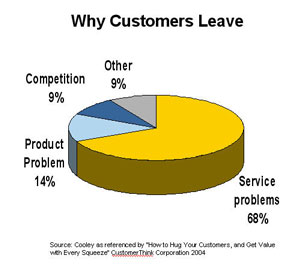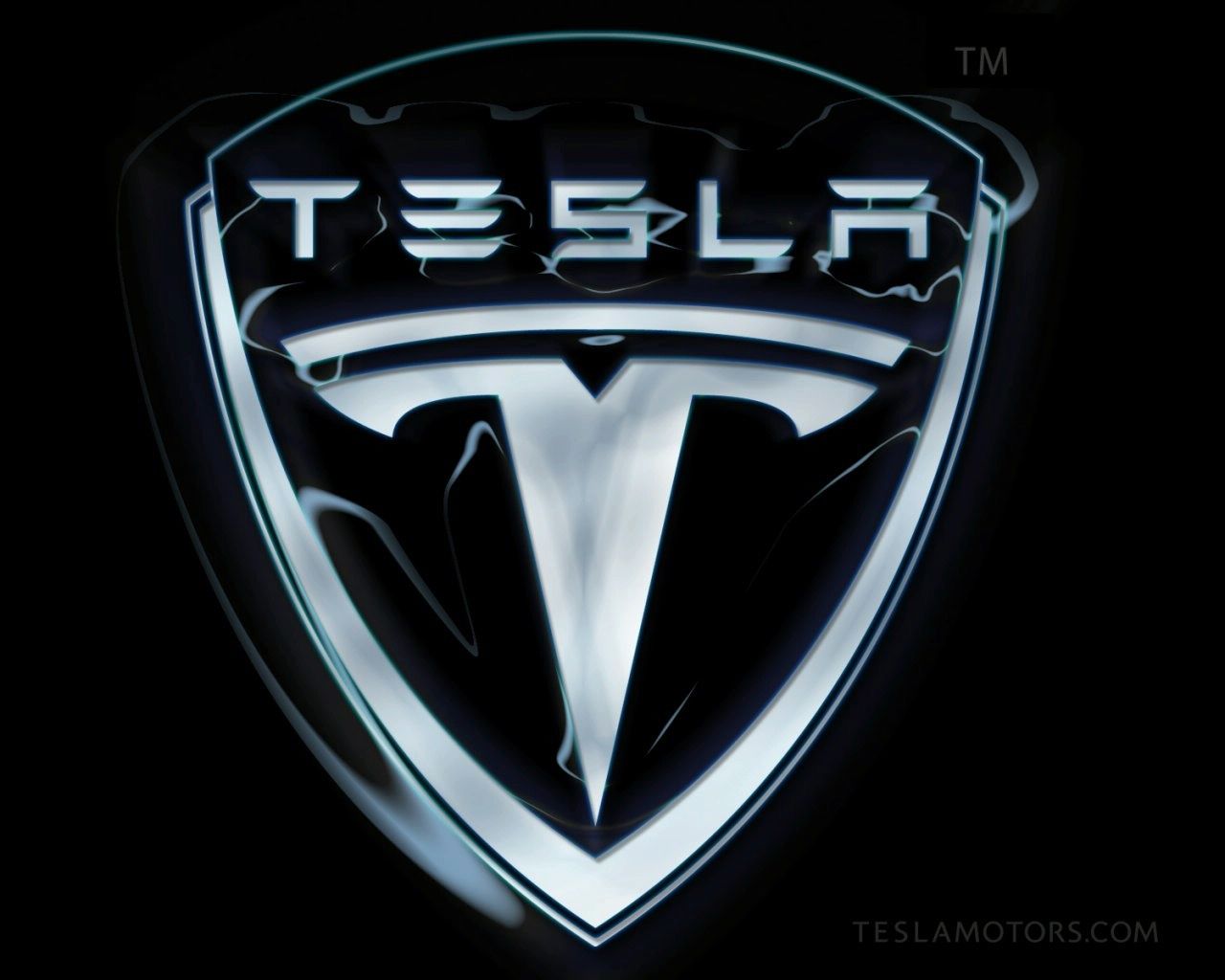India’s North East Region has always
been acknowledged as the ‘Eastern Gateway’ for the hub of opportunities. It is
home to more than 45 million people with a high literacy level when compared to
the nation’s average of 74.04. The region has recorded an annual economic
growth rate in excess of 8 per cent during the last decade. But the burning question
still remains - Where does NER stand in entrepreneurial activity? The harsh
reality is that the region still lacks entrepreneurial fluency and provides a
weak ecosystem for start-ups to flourish...
It is of no doubt that the youth of
north east has enough of what it takes to do what it needs to do... But we do
lack something, or else we might have been able to develop the scenario the way
we want to... so what is it that has caught us in its net ultimately making us
lose our track while we are burgeoning for development.... So What are these...
Let’s take a look
Poor infrastructure:
In spite of immense
potential of MSMEs in North East, the region has largely remained
underdeveloped. A key constraint to the growth has been poor infrastructure within
the region. The region, connected to the rest of India by a narrow stretch of
land called the ‘chicken’s neck’, needs infrastructure to support and ensure
significant investments and developmental aids.
Lack of awareness and motivation:
: Lack of enough awareness among
people about government schemes, motivation and availability of funds are the
main deterrents in the growth of MSMEs. Jayanta Madhab, Economic and Financial
Advisor to the Chief Minister of Assam, underscores that many factors like lack
of proper connectivity with mainland are the reasons behind slow growth of
MSMEs in NER. While dealing with constraints, lack of power continues to be a
major bottleneck. Subsidies and incentives alone cannot drive the growth.
Lack of entrepreneurial zeal:
This is one of the
biggest reason for lack of improvement in the economic scenario of this section
of the country, lack of entrepreneurial spirit. “Innovative initiatives are less in the region
as compared to the other parts of India. We have a long way to go especially
when it is comes to spreading awareness among youth about entrepreneurship,
utilising their own resources and building up products that can be offered to
outside regions. There should be schemes and events to promote local businesses
and products,” shares Kokeela Mazumdar, CEO, Rhino One.
Lack of marketing skills:
Upgrading Marketing tactics
continues to be a challenge for SMEs, since they are unable to sell their
products and services. Their sales get adversely affected by the unorganised
players selling their products cheap on one hand and importing low-cost raw
materials on the other. Marketing is a problem for SMEs in NER. Government
intervention is required here. Entrepreneurs need to go beyond the local and
state markets and compete with global brands.
So, if we are suffering from these problems... What should we do? I have a few suggesstions
The government will have to facilitate an ecosystem where
business practices can occur smoothly and without hassle. Despite several
attempts by the Government and Planning Commission to enhance local
development, the current strategy has led to a distribution-oriented, politically-led
economic process and not the efficiency-led process envisioned. This has
resulted in natural resources and savings moving away from the region to other
high productivity regions. The dependence on the Central Government for both
funds and employment has led to a passive attitude towards development in the
States. The onus should be shifted to the local government agencies for a sense
of responsibility and ownership over economic activities to develop.
Also, business and social entrepreneurs should take the lead
in building enterprise which involves the local community. For the
self-sustained growth of a region, there needs to be a thriving entrepreneurial
ecosystem which is able to take business strategies, contextualise them for
local needs, and create systems of demand and supply for the area.
There also needs to be the existence of a market – where
entrepreneurs can target their goods and services and consumers can find the
things that they need. By focusing on economic factors (but not ignoring political
and cultural factors) like labour cost, comparative advantages, technology, and
efficiency, such a market can be developed within the North East.
Beginning from the early 1970s, there have been planned and systematic efforts to promote
entrepreneurship in the North East, initially by the Government of Assam and
later on by the North Eastern Council. The efforts still continue. But more
efforts are still required to promote and develop entrepreneurship in the
region to bring it at par with the level of development of the rest of the
country. In any approach to entrepreneurship development in the North East, due
care is to be given to the removal of the problems and also for using the
potential for entrepreneurship. This will mean taking effective steps for
creation of awareness of entrepreneurial opportunities among the youth,
developing their knowledge and skill and raising their level of motivation for
entrepreneurial career. In addition, efforts are also needed for creation of an
entrepreneurial environment in the support system and social environment. There
will be more opportunities for small entrepreneurs in business and service
sectors than in the industry sector in future partly because of economic
liberalisation and partly due to development of information technology. Greater
emphasis should be laid on developing entrepreneurship in these sectors.
Besides, there is also need to give due emphasis on women entrepreneurship,
especially from SC/ST and OBC categories. In order to create an environment for
entrepreneurship it is also necessary to introduce entrepreneurship as an
element of the academic curriculum. These steps may help in the emergence of
entrepreneurship in the North East.
So get up and get going... Because you and only you can change the world....

























